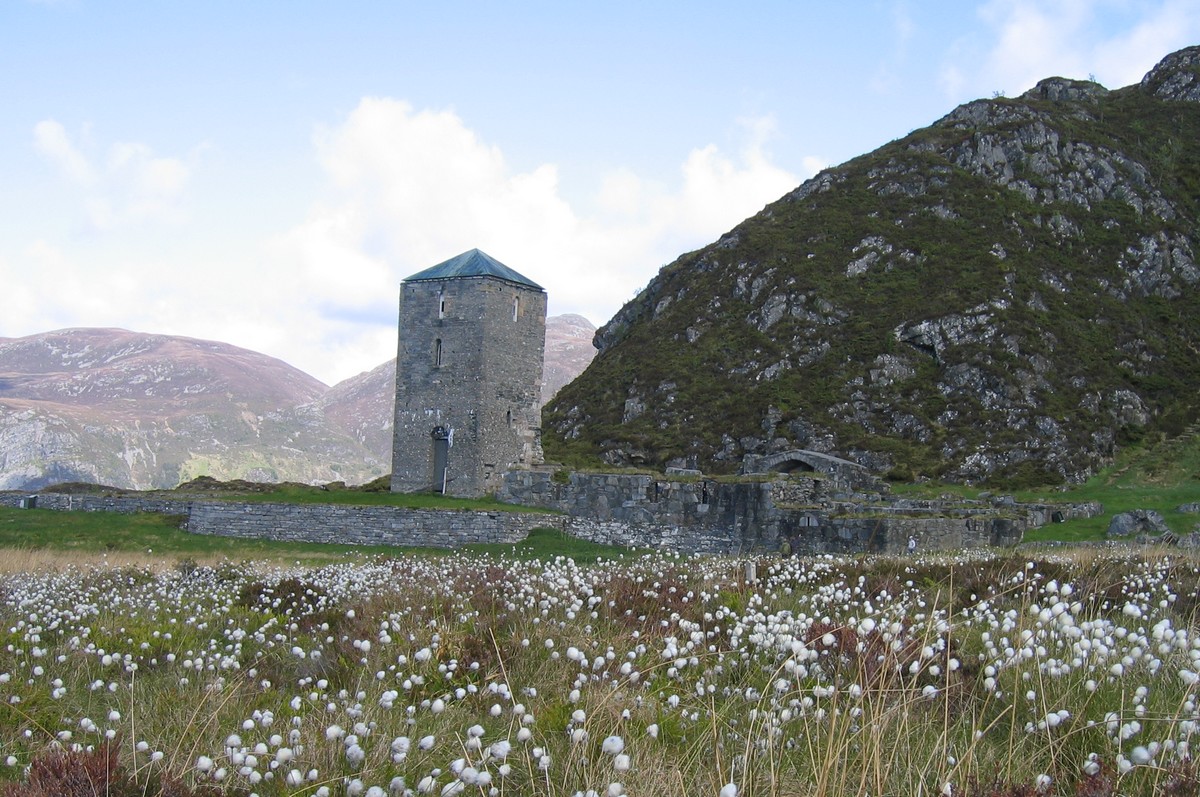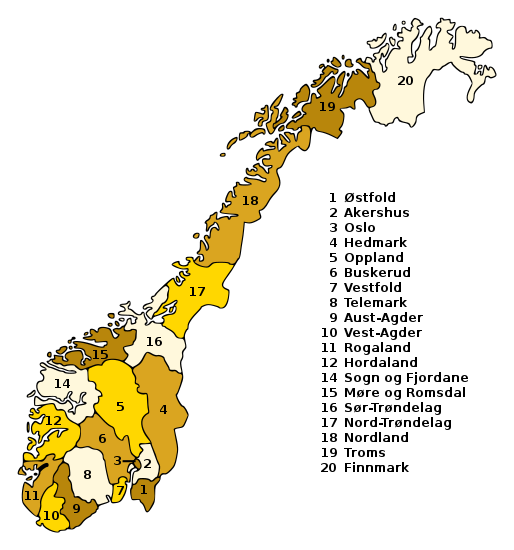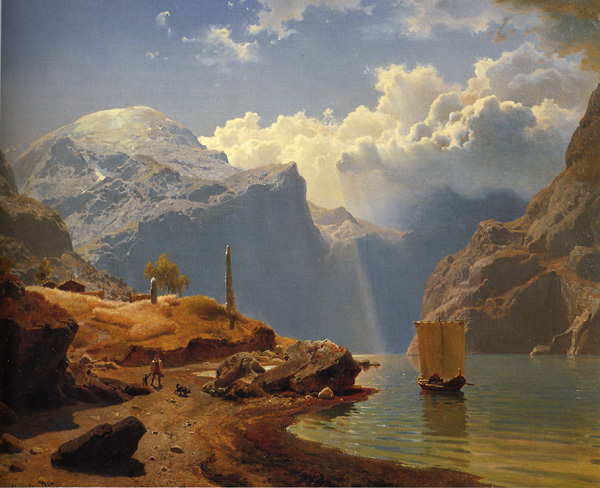|
Alsåker
Alsåker is a village in the municipality of Ullensvang, in Vestland county, Norway. The village lies on the Folgefonn Peninsula, along the shore of the Hardangerfjorden. The village lies about southwest of the village of Utne and about northeast of the village of Jondal Jondal is a former municipality in the old Hordaland county, Norway. The municipality existed from 1863 until its dissolution in 2020 when it became part of Ullensvang Municipality in Vestland county. It was located on the Folgefonna peninsula .... References Villages in Vestland Ullensvang {{Vestland-geo-stub ... [...More Info...] [...Related Items...] OR: [Wikipedia] [Google] [Baidu] |
Utne
Utne is a village in Ullensvang municipality in the Hardanger region of Vestland county, Norway. The village is located on the northern end of the Folgefonn Peninsula, at the confluence of the Sørfjorden and Hardangerfjorden. The village is the site of Utne Church. The village of Alsåker lies about to the west on the northern shore of the peninsula and the village of Vikebygd lies about to the south along the eastern shore of the peninsula. Utne is a ferry port with regular ferry routes from Kinsarvik to Kvanndal via Utne, connecting the two sides of the fjord. Utne is also home to the Utne Hotel, Norway's oldest hotel in continuous operation, founded in 1722. Name Utne, in Norwegian, probably has some pre-Germanic elements (i.e. before approx. 200 CE). Other place-names in the area also has an element of pre-Germanic and unknown origins. It has been suggested that it derives from "Út-tún", meaning the hamlet or farmstead that is "out". This fits with the village's p ... [...More Info...] [...Related Items...] OR: [Wikipedia] [Google] [Baidu] |
Ullensvang
Ullensvang is a municipality in Vestland county, Norway. It is located in the traditional district of Hardanger. The administrative centre is the town of Odda. Some of the notable villages in the municipality include Lofthus, Utne, Vikebygd, Alsåker, Botnen, Eitrheim, Håra, Røldal, Seljestad, Skare, Tyssedal, Jondal, Herand, Kysnesstranda, and Torsnes. The main inhabited part of Ullensvang municipality lies just to the west of Hardangervidda National Park, which covers most of the Hardangervidda plateau, Europe's largest mountain plateau. Most inhabitants live in the narrow coastal mountainsides and valleys along the Hardangerfjorden and Sørfjorden. The largest urban areas in Ullensvang are Odda, Kinsarvik, Jondal, and Lofthus. The Norwegian National Road 13 and the European route E134 are the two main roads through the municipality. National road 13 crosses the Hardangerfjorden via the Hardanger Bridge in the far northern part of the municipality. The ... [...More Info...] [...Related Items...] OR: [Wikipedia] [Google] [Baidu] |
Norway
Norway, officially the Kingdom of Norway, is a Nordic country in Northern Europe, the mainland territory of which comprises the western and northernmost portion of the Scandinavian Peninsula. The remote Arctic island of Jan Mayen and the archipelago of Svalbard also form part of Norway. Bouvet Island, located in the Subantarctic, is a dependency of Norway; it also lays claims to the Antarctic territories of Peter I Island and Queen Maud Land. The capital and largest city in Norway is Oslo. Norway has a total area of and had a population of 5,425,270 in January 2022. The country shares a long eastern border with Sweden at a length of . It is bordered by Finland and Russia to the northeast and the Skagerrak strait to the south, on the other side of which are Denmark and the United Kingdom. Norway has an extensive coastline, facing the North Atlantic Ocean and the Barents Sea. The maritime influence dominates Norway's climate, with mild lowland temperatures on the se ... [...More Info...] [...Related Items...] OR: [Wikipedia] [Google] [Baidu] |
List Of Regions Of Norway
Norway is commonly divided into five major geographical regions (''landsdeler''). These regions are purely geographical, and have no administrative purpose. However, in 2017 the government decided to abolish the current counties of Norway (''fylker'') and to replace them with fewer, larger administrative regions (''regioner''). The first of these new areas came into existence on 1 January 2018, when Nord-Trøndelag and Sør-Trøndelag merged to form Trøndelag. According to most definitions, the counties of Norway are divided into the following regions (these groupings are approximate): * Northern Norway (''Nord-Norge''/''Nord-Noreg'') **Troms og Finnmark ** Nordland *Trøndelag (alt. ''Midt-Norge''/''Midt-Noreg'') **Trøndelag *Western Norway (''Vestlandet'') ** Møre og Romsdal **Vestland ** Rogaland *Southern Norway (''Sørlandet'' or ''Agder'') **Agder *Eastern Norway (''Østlandet''/''Austlandet'') **Vestfold og Telemark **Viken **Innlandet **Oslo The division into region ... [...More Info...] [...Related Items...] OR: [Wikipedia] [Google] [Baidu] |
Western Norway
Western Norway ( nb, Vestlandet, Vest-Norge; nn, Vest-Noreg) is the region along the Atlantic coast of southern Norway. It consists of the counties Rogaland, Vestland, and Møre og Romsdal. The region has no official or political-administrative function. The region has a population of approximately 1.4 million people. The largest city is Bergen and the second-largest is Stavanger. Historically the regions of Agder, Vest-Telemark, Hallingdal, Valdres, and northern parts of Gudbrandsdal have been included in Western Norway. Western Norway, as well as other parts of historical regions of Norway, shares a common history with Denmark, the Faroe Islands and Iceland and to a lesser extent the Netherlands and Britain. For example, the Icelandic horse is a close relative of the Fjord horse and both the Faroese and Icelandic languages are based on the Old West Norse. In early Norse times, people from Western Norway became settlers at the Western Isles in the Northern Atla ... [...More Info...] [...Related Items...] OR: [Wikipedia] [Google] [Baidu] |
Counties Of Norway
Norway is divided into 11 administrative regions, called counties (singular no, fylke, plural nb, fylker; nn, fylke from Old Norse: ''fylki'' from the word "folk", sme, fylka, sma, fylhke, smj, fylkka, fkv, fylkki) which until 1918 were known as '' amter''. The counties form the first-level administrative divisions of Norway and are further subdivided into 356 municipalities (''kommune'', pl. ''kommuner'' / ''kommunar''). The island territories of Svalbard and Jan Mayen are outside the county division and ruled directly at the national level. The capital Oslo is both a county and a municipality. In 2017, the Solberg government decided to abolish some of the counties and to merge them with other counties to form larger ones, reducing the number of counties from 19 to 11, which was implemented on 1 January 2020. This sparked popular opposition, with some calling for the reform to be reversed. The Storting voted to partly undo the reform on 14 June 2022, w ... [...More Info...] [...Related Items...] OR: [Wikipedia] [Google] [Baidu] |
Vestland
Vestland is a county in Norway established on 1 January 2020. The county is located in Western Norway and it is centred around the city of Bergen, Norway's second largest city. The administrative centre of the county is the city of Bergen, where the executive and political leadership is based, but the County Governor is based in Hermansverk. The county is one of two counties in Norway that have Nynorsk as their official written language form (the others are neutral as to which form people use). Vestland was created in 2020 when the former counties of Hordaland and Sogn og Fjordane (with the exception of Hornindal municipality, which became part of Volda municipality in Møre og Romsdal county) were merged. History Vestland county is a newly created county, but it has been inhabited for centuries. The area was made up of many petty kingdoms under the Gulating during the Middle Ages. The northern part was the known as ''Firdafylke'' (now the Fjordane region; Nordfjord-Sunnfjord), ... [...More Info...] [...Related Items...] OR: [Wikipedia] [Google] [Baidu] |
Districts Of Norway
The country of Norway is historically divided into a number of districts. Many districts have deep historical roots, and only partially coincide with today's administrative units of counties and municipalities. The districts are defined by geographical features, often valleys, mountain ranges, fjords, plains, or coastlines, or combinations of the above. Many such regions were petty kingdoms up to the early Viking Age. Regional identity A high percentage of Norwegians identify themselves more by the district they live in or come from, than the formal administrative unit(s) whose jurisdiction they fall under. A significant reason for this is that the districts, through their strong geographical limits, have historically delineated the region(s) within which one could travel without too much trouble or expenditure of time and money (on foot or skis, by horse/ox-drawn cart or sleigh or dog sled, or by one's own small rowing or sail boat). Thus, dialects and regional commonality in f ... [...More Info...] [...Related Items...] OR: [Wikipedia] [Google] [Baidu] |
Hardanger
Hardanger is a traditional district in the western part of Norway, dominated by the Hardangerfjord and its inner branches of the Sørfjorden and the Eid Fjord. It consists of the municipalities of Ullensvang, Eidfjord, Ulvik and Kvam, and is located inside the county of Vestland. The area is dominated by the vast Hardangervidda plateau in the east and the large Folgefonna glacier on the central Folgefonna peninsula. The district was selected as the millennium site for the old Hordaland county. In the early Viking Age, before Harald Fairhair, Hardanger was a petty kingdom with its capital at Kinsarvik. Etymology The Old Norse form of the name was ''Harðangr''. The first element is derived from the ethnonym '' hǫrðar'', or from ''harðr'' meaning "hard" (referring to wind and weather). The last element is ''angr'' "tight fjord" (the name originally belonged to the fjord, now called Hardangerfjord). Agriculture The region is one of Norway's most important sources of fruit ... [...More Info...] [...Related Items...] OR: [Wikipedia] [Google] [Baidu] |
List Of Municipalities Of Norway
Norway is divided into 11 administrative regions, called counties (''fylker'' in Norwegian, singular: ''fylke''), and 356 municipalities (''kommuner/-ar'', singular: ''kommune'' – cf. communes). The capital city Oslo is considered both a county and a municipality. Municipalities are the atomic unit of local government in Norway and are responsible for primary education (until 10th grade), outpatient health services, senior citizen services, unemployment and other social services, zoning, economic development, and municipal roads. Law enforcement and church services are provided at a national level in Norway. Municipalities are undergoing continuous consolidation. In 1930, there were 747 municipalities in Norway. As of 2020 there are 356 municipalities, a reduction from 422. See the list of former municipalities of Norway for further detail about municipal mergers. The consolidation effort is complicated by a number of factors. Since block grants are made by the national ... [...More Info...] [...Related Items...] OR: [Wikipedia] [Google] [Baidu] |
Central European Time
Central European Time (CET) is a standard time which is 1 hour ahead of Coordinated Universal Time (UTC). The time offset from UTC can be written as UTC+01:00. It is used in most parts of Europe and in a few North African countries. CET is also known as Middle European Time (MET, German: MEZ) and by colloquial names such as Amsterdam Time, Berlin Time, Brussels Time, Madrid Time, Paris Time, Rome Time, Warsaw Time or even Romance Standard Time (RST). The 15th meridian east is the central axis for UTC+01:00 in the world system of time zones. As of 2011, all member states of the European Union observe summer time (daylight saving time), from the last Sunday in March to the last Sunday in October. States within the CET area switch to Central European Summer Time (CEST, UTC+02:00) for the summer. In Africa, UTC+01:00 is called West Africa Time (WAT), where it is used by several countries, year round. Algeria, Morocco, and Tunisia also refer to it as ''Central European ... [...More Info...] [...Related Items...] OR: [Wikipedia] [Google] [Baidu] |
Central European Summer Time
Central European Summer Time (CEST), sometimes referred to as Central European Daylight Time (CEDT), is the standard clock time observed during the period of summer daylight-saving in those European countries which observe Central European Time (CET; UTC+01:00) during the other part of the year. It corresponds to UTC+02:00, which makes it the same as Eastern European Time, Central Africa Time, South African Standard Time, Egypt Standard Time and Kaliningrad Time in Russia. Names Other names which have been applied to Central European Summer Time are Middle European Summer Time (MEST), Central European Daylight Saving Time (CEDT), and Bravo Time (after the second letter of the NATO phonetic alphabet). Period of observation Since 1996, European Summer Time has been observed between 01:00 UTC (02:00 CET and 03:00 CEST) on the last Sunday of March, and 01:00 UTC on the last Sunday of October; previously the rules were not uniform across the European Union. There were proposals ... [...More Info...] [...Related Items...] OR: [Wikipedia] [Google] [Baidu] |





